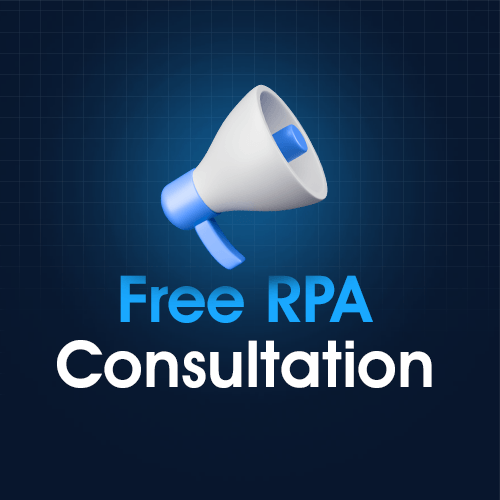Steps to Test and Deploy Migrated Automations

In our previous discussion, we talked about what is RPA migration and when organisations should consider migrating their RPA infrastructure to a new platform. This article will discuss how organisations can test and deploy migrated automations successfully. If you are still considering implementing RPA or any other automation solution, read ‘How to Start Your Automation Journey’ for more information.
You might be thinking that there are numerous RPA migration solutions available in the market. So, why should migration be a concern? Well, you are not wrong about the number of solutions available. Even though they handle most of the work, you still need to test them to ascertain their usefulness. After all, not every solution will be right for your needs.
Testing and Deploying Migrated Automations
One should organisations should remember is that migrating your RPA infrastructure to a new platform is a whole lot different then developing a new RPA solution. The purpose of mentioning this is to let organisation know that the challenges and complexities of RPA migration vary.
- Reviewing the Migration
The first step is to review the migration. It means ensuring that the automation infrastructure has been correctly transferred from one platform to the other. You must ensure that all logic and dependencies are the same as the previous platform.
- Create a Sandbox
The sandbox refers to a testing environment where the organisation can validate their migrated automation. It is imperative that the testing environment is similar to the actual or live environment.
- Begin Testing
After setting up the sandbox, the next step is to start testing the migrated automation. It involves checking if they perform the same functions as intended. The testing’s purpose is to identify potential issues and resolve them promptly.
- Integration Testing
It is quite likely that your migrated solutions will interact with other organisational systems. You need to ensure that these interactions are working correctly.
- Performance Testing
Just because the older platform worked seamlessly does not mean that the newer platform will work the same. The organisation must identify bottlenecks and other problems. It is imperative to resolve these issues promptly. Otherwise, the migration will serve no real benefit. It is imperative that the organisation engage all relevant stakeholders at this stage. Consider their feedback and integrate it.
- Lessons Learnt
Next, the organisation must document all the issues and their fixes. The purpose of documentation is to help avoid similar issues during the next migration.
- Backup and Rollback
Next, backup the existing system. There should be a rollback plan in case the deployment goes awry.
- Deploy
This step involves moving the migrated automation to the live environment. Organisations should play close attention to this part.
- Post-Deployment Validation & User Training
Ensure that the migrated solution works as desired. If there are any anomalies, regardless of how insignificant they are, resolve them. Afterwards, train the users on the new platform. The user training will ensure that the end users can use the platform effectively. If they have any concerns, address them.
- Ongoing Monitoring and Maintenance
Lastly, the organisation must monitor the effectiveness of the migrated solution. It will be helpful in meeting the objectives behind the migration. Secondly, the new platform will not be without issues. Therefore, you need to maintain your automation solutions for continued benefits. It involves installing relevant updates or even utilising new tools.
Conclusion
With so many automation platforms available in the market, choosing the right one for your business can be a challenge. Agile Managex Technologies can make this decision quite easy for you. We have considerable experience in implementing RPA solutions from different platforms and even helped businesses migrate to new platforms. Contact us if you are interested in exploring automation or new platforms.

Leave A Comment